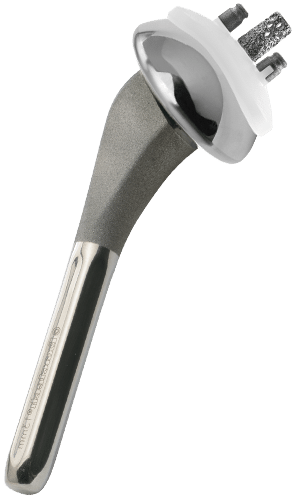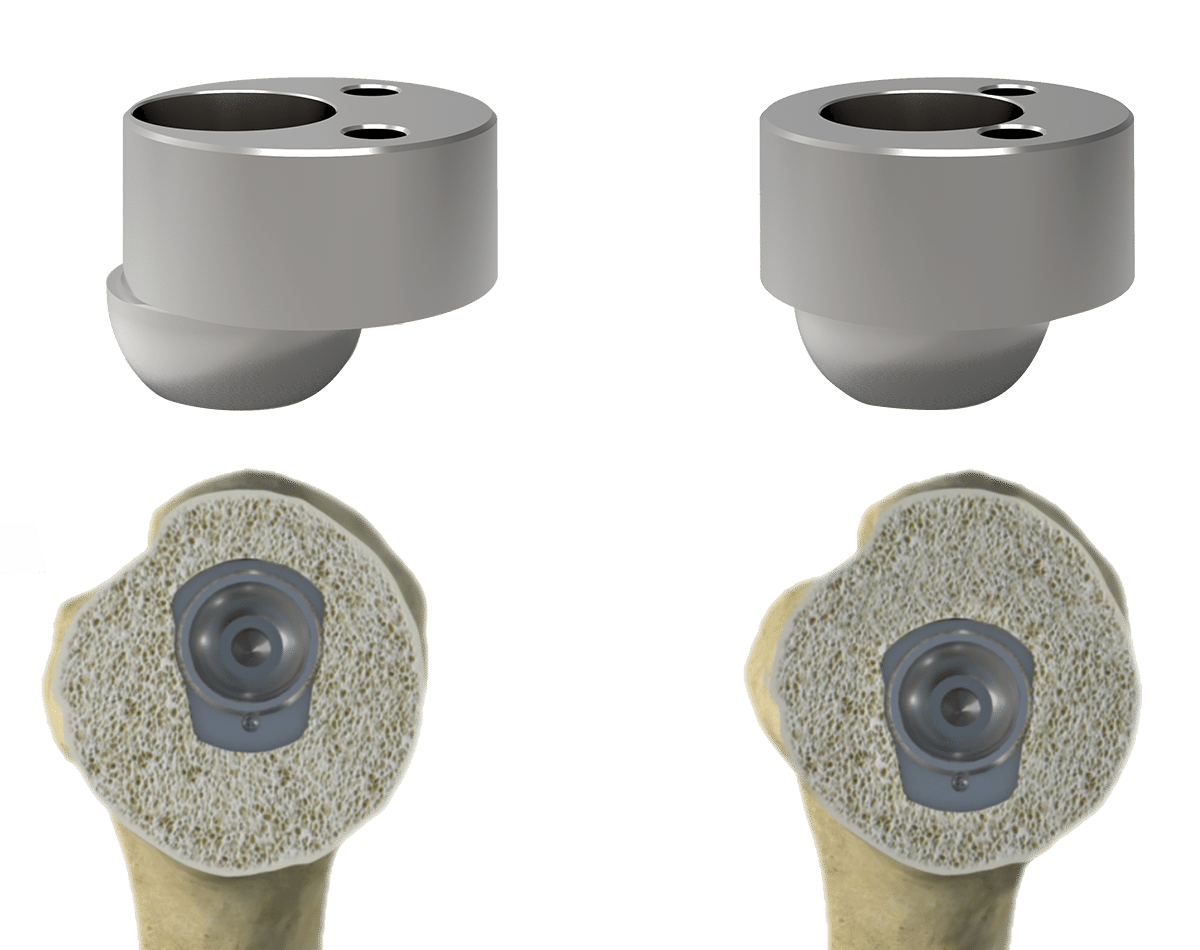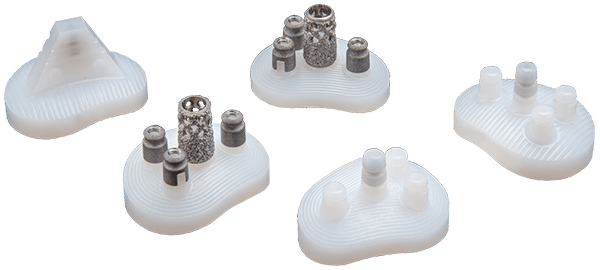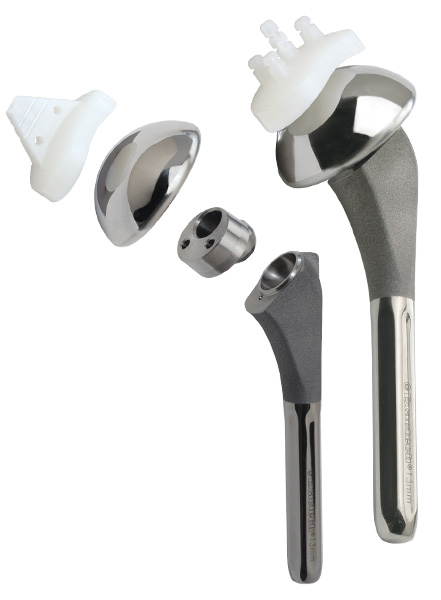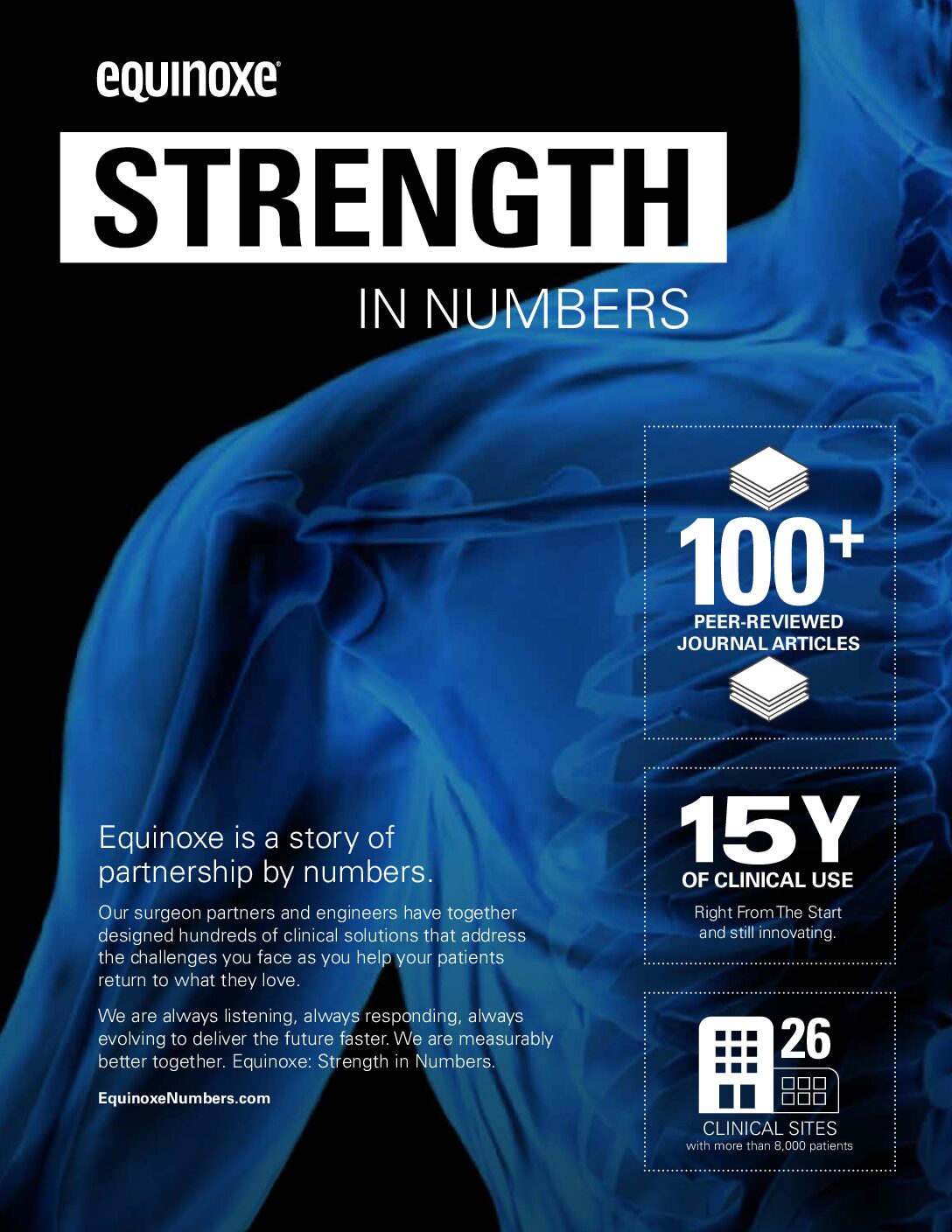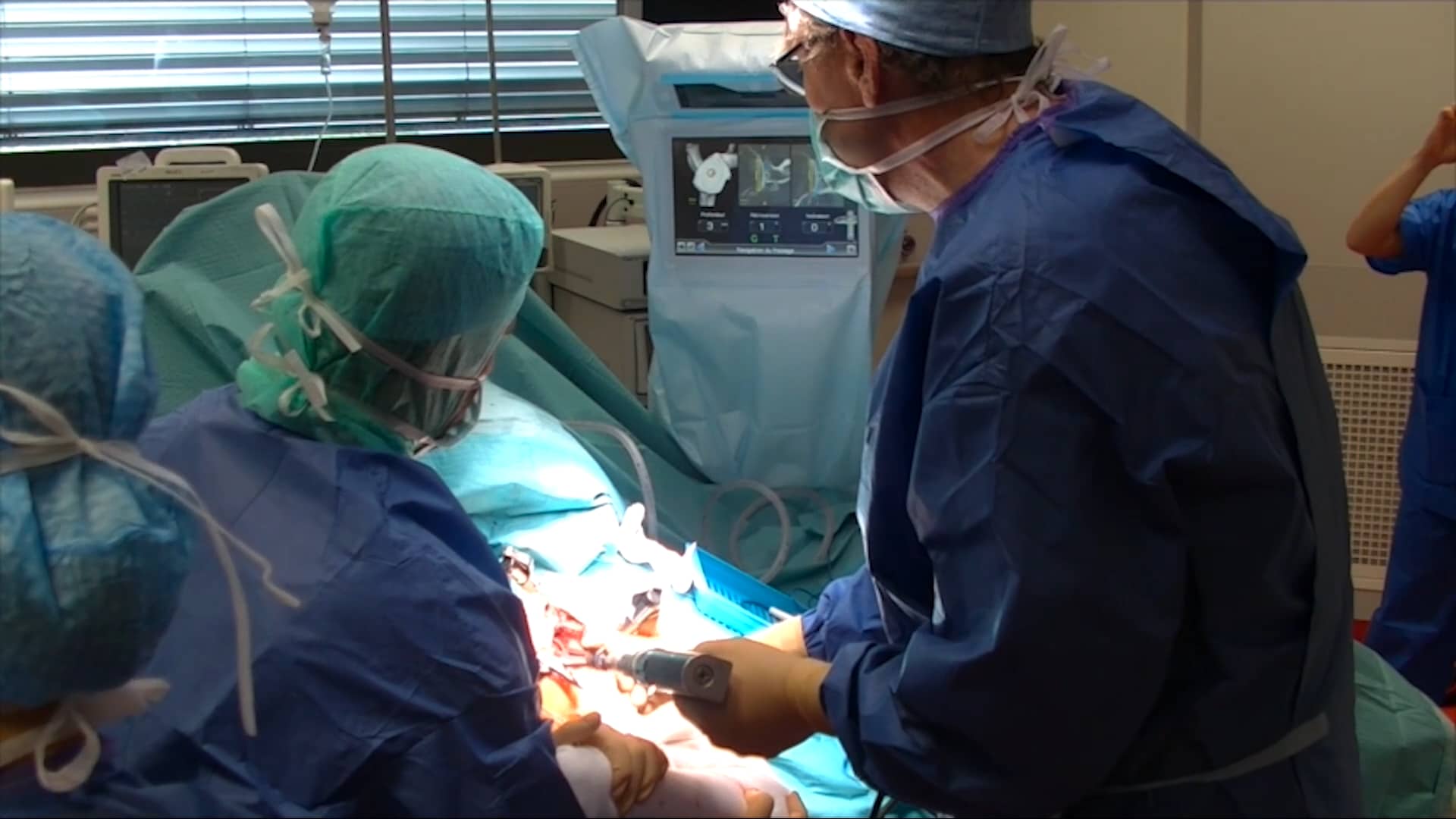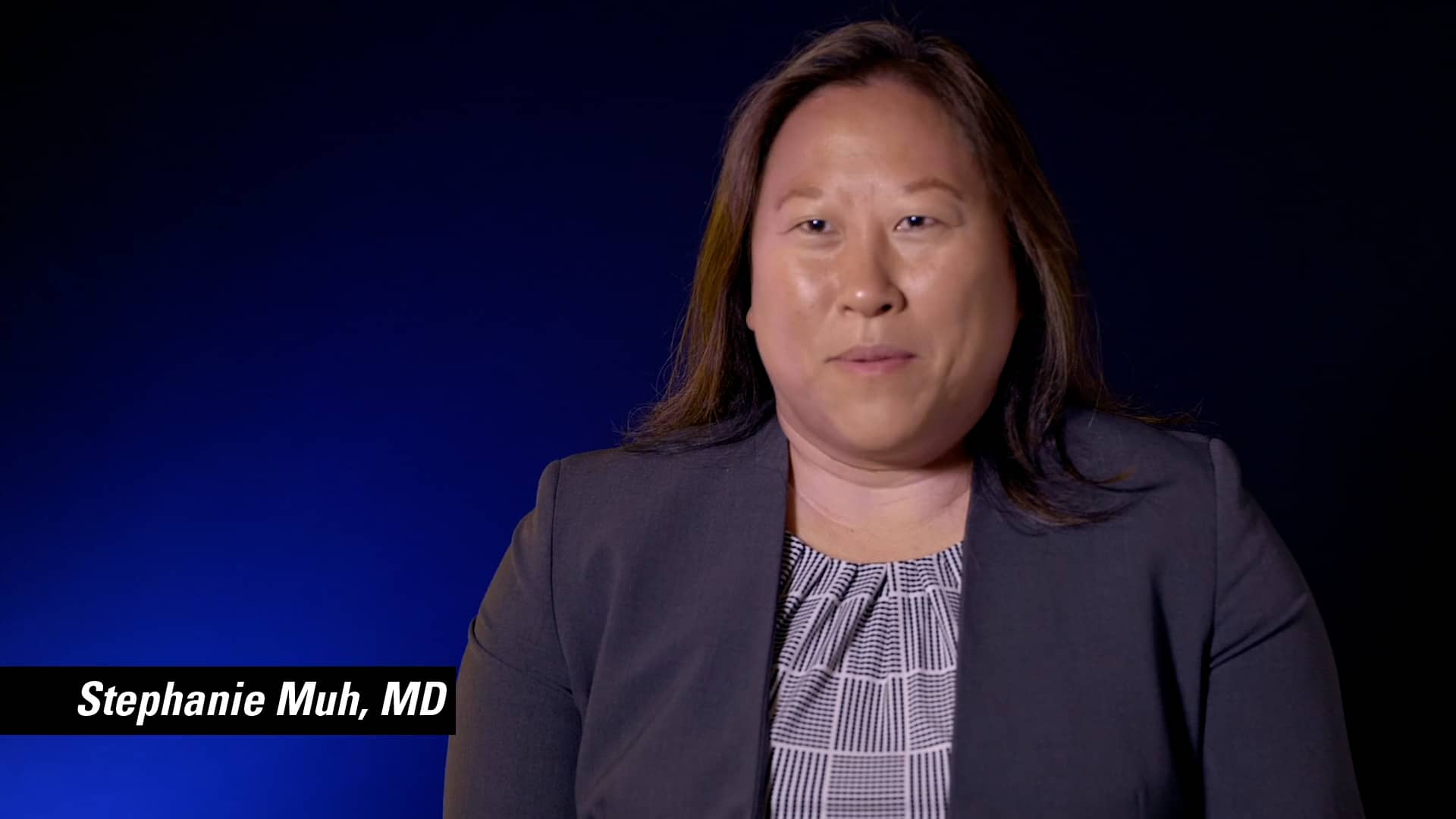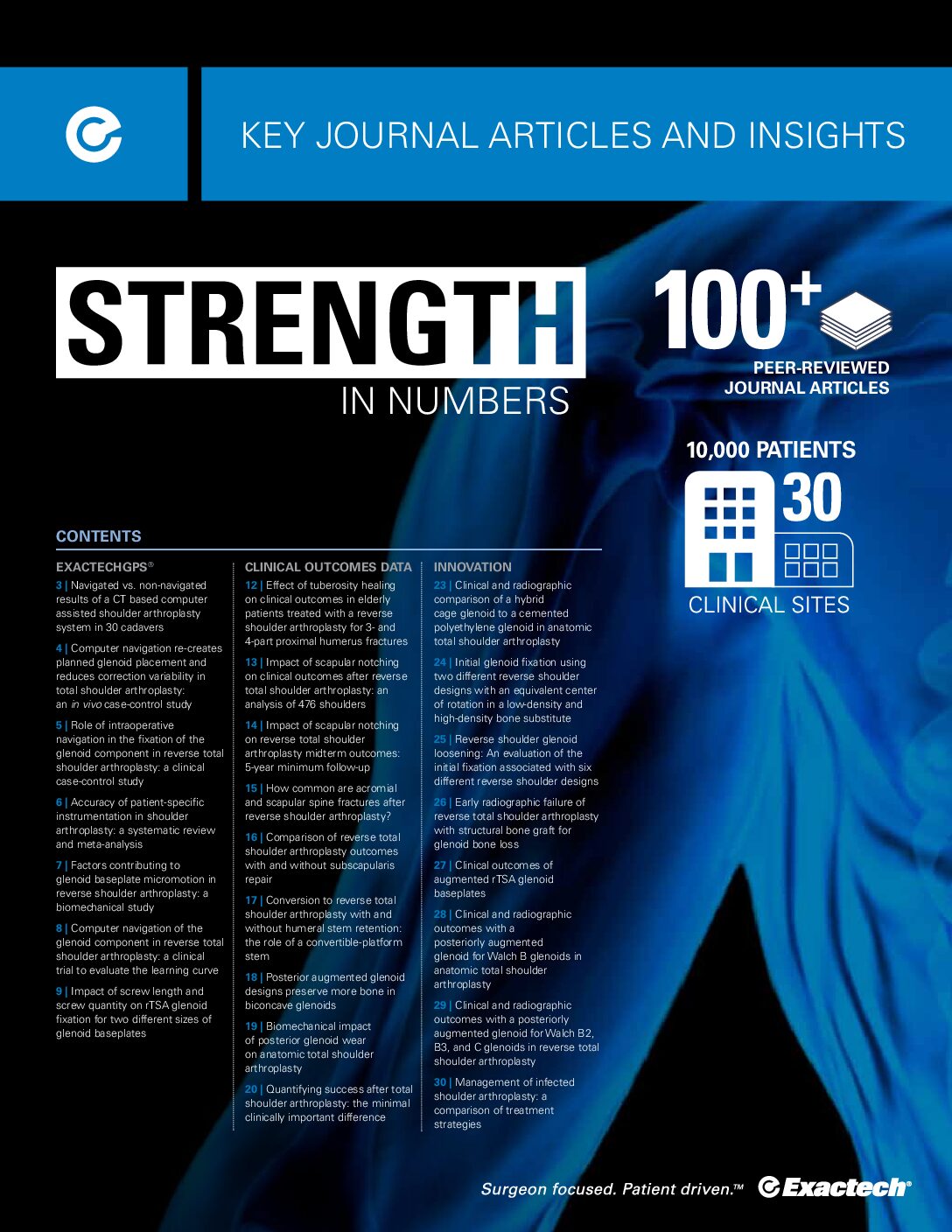With its patented replicator plate, the Equinoxe system is the only system that provides in situ adjustment of retroversion, neck angle, medial and posterior offset of the humeral head – without the need for trials or back table assembly.1-3
Dual eccentricities (head and replicator plate) provide independent adjustability of both medial and posterior offset to empower the surgeon to anatomically orient the humeral head.2-4

